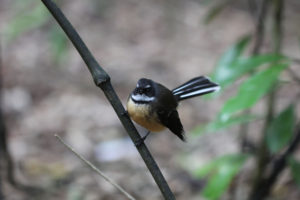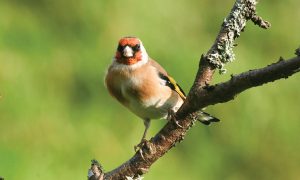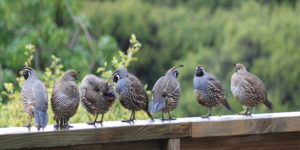Five tips for photographing birds
We’re seeing more and more great wildlife photography from all around New Zealand as advances in technology make quality results reachable for amateur shutterbugs out there.
Despite all the ‘intuitive’ gear it’s not just a case of yelling ‘watch the birdie’ and hitting the button. That’s why we thought we’d share some bird photography tips for capturing our beautiful native birds.
1. Be patient and take your time.

Photo credit: Tadeusz Lakota, Unsplash
For images you can really be proud of you’ll want to make an investment in time, in ongoing education and in setting up for your shots. Learn all you can about your camera, the right settings and exposure, the bird you’re aiming to shoot, and the best position to be in. You definitely don’t need to spend on expensive gear if you’re willing to spend the time.
2. Frame right.

Photo credit: Tomas Sobek
The composition makes all the difference with how your work is viewed. If there’s lots of background make sure this isn’t anything distracting here. Fill the frame with the bird and you’ll get a lot more detail and more personality coming through. You’ll also be able to blur the background to provide texture and depth without losing focus on the subject. Pick according to the setting and your ‘model’. The jagged rocks of our mountains might provide the perfect backdrop to show the rugged nature of the Kea. Or you might want to get in close to really see the twinkle in their eye.
3. Shoot to their strengths.

Photo credit: Margie Hunter
As with the Kea in 2), you’ll want to make the most of the bird’s physical attributes. It’s why most shots you’ll see of the American Bald Eagle have the bird in profile – it can look far less majestic front on! Photographing some New Zealand native birds requires a plan to get right. For example, the pīwakawaka may look incredible in flight. But you’ll need a high shutter speed and some pretty good coordination to get it right!
4. Look into the light.

Photo Credit: Tom Marshall
The quality of light will have a dramatic effect on the details of the bird. It’s why early morning and late afternoon is generally the optimal time to photograph birds. Not only is this an active time for birds but it’s also when light is soft and flattering. There are no harsh shadows at this time and the feathers seem to ‘glow’ with vibrant colour.
5. Tell a story.

Photo credit: Brenda Butler
What do you want someone to think when they see your incredible photo of a perched tūi, a swooping kēreru or even the cheeky sparrow out on a morning visit? Use plants and bushes to show context, capture the bird’s actions (calling, interacting with others, flying, resting) and wait until their position is natural and relaxed. Birds are also easier to photograph when they’re distracted by good food. Tempt them in closer to home with some quality food and a reliable bird feeder.
Remember – it’s about the journey, not the destination. Read up on your passion, test out your gear then get out there and have fun!
